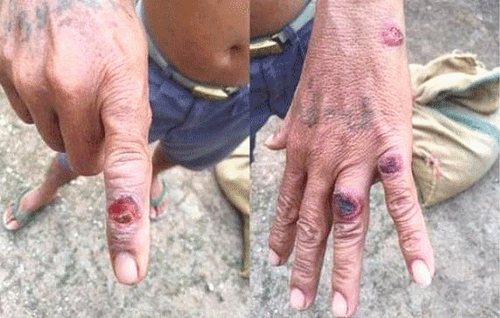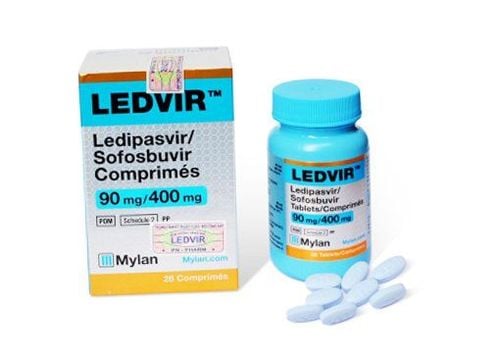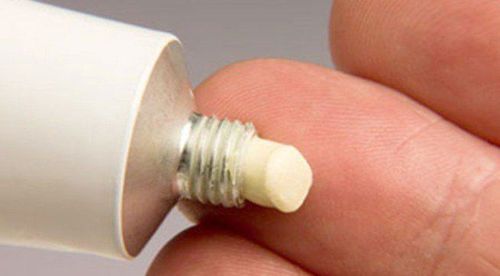This is an automatically translated article.
Diabetes causes many dangerous complications for patients if not strictly controlled. Partly caused by diabetes, the body's resistance is reduced, the likelihood of infection is high, in which the patient may have skin infections, soft tissue inflammation. In addition, the use of drugs to treat diabetes also affects the skin.1. Why is there a high risk of skin infections with diabetes?
People with diabetes are more susceptible to skin infections and dermatitis than other diseases because high sugar levels in the body create favorable conditions for bacteria to grow. Besides, high blood sugar also makes even very small scratches can also be an environment for pathogenic bacteria to quickly multiply, creating diabetic dermatitis.Another reason is that when having diabetes, the patient must strictly adhere to the diet and lifestyle to control the disease, causing mental stress, or other complications such as depression, confusion. neurological disorder. In particular, neurological disorders cause diabetics to react slowly to skin damage such as scratches, pain caused by sharp objects. Skin damage is slow to heal, so if not cleaned, it can make the infection worse.

Người bị bệnh đái tháo đường dễ bị nhiễm trùng da, viêm da hơn so với các bệnh khác
2. Common skin diseases related to diabetes
According to statistics, one third of people with diabetes have skin problems, which are mainly skin infections, soft tissue inflammation, ... It can be seen that dermatitis in people with diabetes is quite common, but these problems can be treated with medication.2.1 Diabetic skin infections Caused by people with type 2 diabetes, blood sugar control is not tight, causing microcirculation abnormalities, decreased excretion, poor adhesion of white blood cells.
2.2 Fungal infections: Caused by fungi that erode the outermost protective layer of the skin. The low humidity outside, the folds of the skin are the ideal environment for the fungus to grow. Fungal infections in people with diabetes are often caused by the fungus Candida.
Candida infection causes stomatitis, nail inflammation, and inflammation in the genitals, such as vulvovaginitis and vaginitis in women, and foreskin in men. In addition, there may also be a yeast infection on the edges, similar to impetigo.
Some other fungi also appear as nail fungus. They develop in between the toes, hands, and nails, causing the patient to itch and form a bright red rash. At that time, patients often appear blisters, pustules and scabs. If the interstitial inflammation is not treated early, it can lead to foot ulcers.
2.3 Bacterial Skin Infections Streptococcal skin infections are quite common among diabetics due to poor control. When there is a skin infection, the hair follicle becomes festering or swollen and there are many pimples on the skin. Eyelids and nails are also susceptible sites for bacterial skin infections.
2.4 Skin complications caused by the use of antidiabetic drugs When taking antidiabetic drugs, the patient may develop urticaria, pink rash or rosacea appears. Using the medications tolbutamide and chlorpropamide can make the skin sensitive to light.
As for hypoglycemic drugs, there is a risk of causing skin reactions.

Khi dùng thuốc điều trị đái tháo đường, người bệnh có thể bị nổi mề đay, phát ban màu hồng hoặc xuất hiện trứng cá đỏ
3. Prevention and treatment of the risk of skin and soft tissue infections in patients with diabetes
To prevent the risk of skin infections when having diabetes, patients need to pay attention to some special issues in skin and body hygiene as follows:Clean skin, do not bathe with too hot water, only should use warm water Dry the body before putting on clothes after bathing. Cut nails and feet neatly, do not cut them too short. Do not soak your feet in hot water for a long time, do not use hot water to warm your feet. Need to dry between the feet after washing Always wear shoes when going out, avoid stepping on sharp objects that cause bleeding. If injured, scratches need to be cleaned, disinfected with alcohol, bandaged after detection. Use socks generously Exercise gently with exercises such as: nutrition, walking,... Injecting insulin so that the body has the necessary amount of insulin to help control blood sugar well Use drug therapy Although diabetes is not an infectious disease, the disease is currently increasing and younger. If not treated early, it always has a great impact on health and causes many complications later on. Therefore, when you notice that your body has abnormal signs such as: sores on the skin, red spots, swelling, you need to see a doctor to be checked.

Người bệnh nên vệ sinh da cẩn thận, chỉ nên tắm với nước ấm
The hospital also has a system of modern equipment, meeting international standards to bring satisfaction to customers about the service during each visit.













